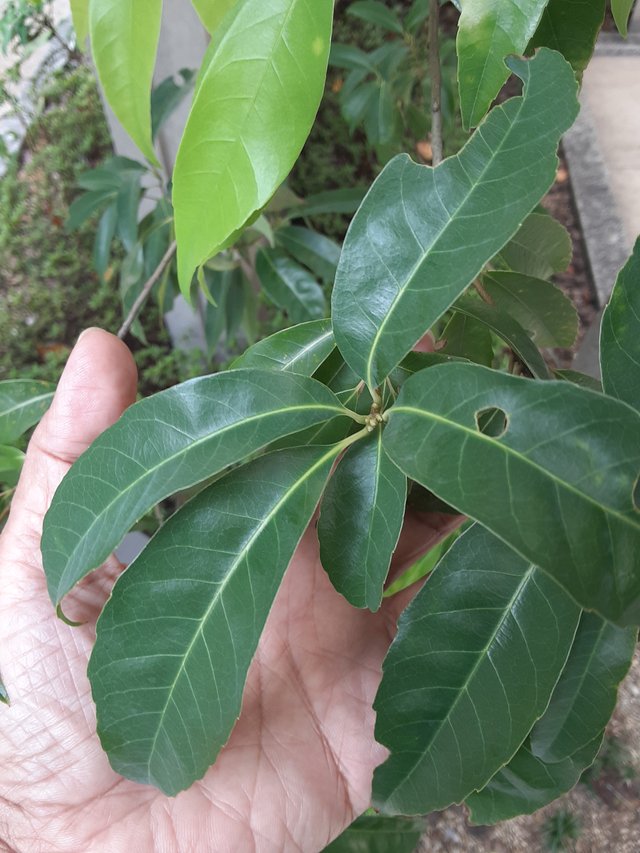
Quercus glauca, also known as the Japanese blue oak or ring-cupped oak, is a small to medium-sized evergreen broadleaf tree native to eastern and southern Asia, and is particularly common in China.
The leaves of Quercus glauca are simple, alternate, and elliptic-lanceolate in shape. They are 7-15 cm long and 3-6 cm wide, with a dull green and hairless upper surface and a whitish pubescent lower surface. The margin of the leaves is entire or serrate on the upper half. New leaves have a silky pubescence and are bronzy or purplish-green in color.
Quercus glauca leaves are used for a variety of purposes, including:
- Ornamental: Quercus glauca is a popular ornamental tree in regions with mild winters. Its glossy green leaves and blue-green undersides create a striking visual effect.
- Food: Quercus glauca acorns are edible and can be used to make flour, porridge, and coffee substitute.
- Medicine: Quercus glauca leaves and bark have been used in traditional Chinese medicine to treat a variety of conditions, including diarrhea, dysentery, and inflammation.
- Fodder: Quercus glauca leaves and twigs are a valuable food source for deer and other wildlife.
Quercus glauca is a beautiful and versatile tree that is valued for its ornamental, culinary, and medicinal properties.
Ref.:
 |  |
Upvoted! Thank you for supporting witness @jswit.
Downvoting a post can decrease pending rewards and make it less visible. Common reasons:
Submit